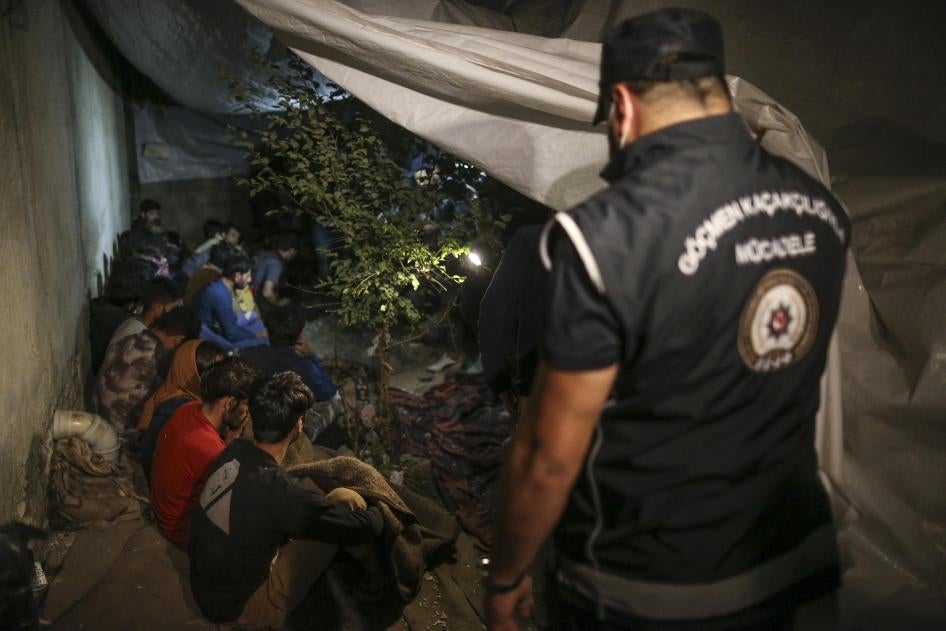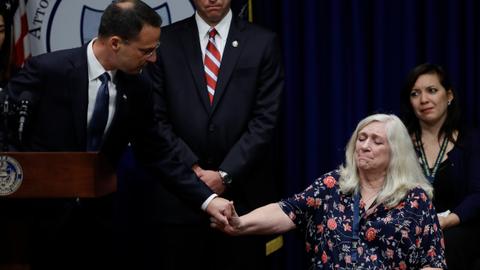Story by Postmedia News • Sunday, 11/20/22

A cow takes a close up during the Canadian Dairy XPO on April 4, 2019 in Stratford
.© Provided by Toronto Sun
Dairy cows fed industrial hemp produced milk that had detectable levels of THC, the intoxicating ingredient in marijuana, says a German study.
The cows fed THC — delta-9-tetrahydrocannabinol– also displayed signs of behavioural changes including yawning, salivating more than usual and moving unsteadily on their hoofs, according to the study, published last week in the journal Nature Food.
The study of Holstein cows in Berlin was peer-reviewed and is said to be one of the first major looks into how industrial hemp can be used as a supplement in animal feed.
Hemp goes under the common name Cannabis sativa. Industrial hemp plants are different from marijuana, which is cultivated for its high concentrations of THC.
In the U.S., under the Farm Bill of 2018, industrial hemp is not listed as a controlled substance as long as it contains no more than 0.3% THC. That’s led to a surge in cannabidiol or CBD products.
Some believe that hemp could be a good source of animal food if it gets approved because its seeds are high in protein. It also could be used as a stress reducer for cows when they are being transported.
The German study found no effect on the cows when given the entire hemp plant. Only when they received the parts of the hemp plant with high THC concentrations did the behavioural effects show, the study found.
The animals also ate less and produced less milk, according to the study.
Dairy cows fed industrial hemp produced milk that had detectable levels of THC, the intoxicating ingredient in marijuana, says a German study.
The cows fed THC — delta-9-tetrahydrocannabinol– also displayed signs of behavioural changes including yawning, salivating more than usual and moving unsteadily on their hoofs, according to the study, published last week in the journal Nature Food.
The study of Holstein cows in Berlin was peer-reviewed and is said to be one of the first major looks into how industrial hemp can be used as a supplement in animal feed.
Hemp goes under the common name Cannabis sativa. Industrial hemp plants are different from marijuana, which is cultivated for its high concentrations of THC.
In the U.S., under the Farm Bill of 2018, industrial hemp is not listed as a controlled substance as long as it contains no more than 0.3% THC. That’s led to a surge in cannabidiol or CBD products.
Some believe that hemp could be a good source of animal food if it gets approved because its seeds are high in protein. It also could be used as a stress reducer for cows when they are being transported.
The German study found no effect on the cows when given the entire hemp plant. Only when they received the parts of the hemp plant with high THC concentrations did the behavioural effects show, the study found.
The animals also ate less and produced less milk, according to the study.






:quality(70)/cloudfront-eu-central-1.images.arcpublishing.com/thenational/5WVWCK7O7BH43HZLP4YRO3JNZA.jpeg)
:quality(70)/cloudfront-eu-central-1.images.arcpublishing.com/thenational/Z7HH5FZUH5HQRLIKMTSFN375EY.jpg)
:quality(70)/cloudfront-eu-central-1.images.arcpublishing.com/thenational/FFXK5LSVS5GH3MLIJXV772YEGM.jpg)
:quality(70)/cloudfront-eu-central-1.images.arcpublishing.com/thenational/RGW75TPN4JGIFAWG2N764YBPKA.jpg)
:quality(70)/cloudfront-eu-central-1.images.arcpublishing.com/thenational/IXQYNWND75CTHCAPJWAWEN6MOQ.jpg)
:quality(70)/cloudfront-eu-central-1.images.arcpublishing.com/thenational/E6DQX347GJAVTCA3RU7CC5KZUA.jpg)
:quality(70)/cloudfront-eu-central-1.images.arcpublishing.com/thenational/PTQMCUXKJZFM3PK7SOMJJFAOP4.jpg)
:quality(70)/cloudfront-eu-central-1.images.arcpublishing.com/thenational/WLRCGGZHX5H2DLCWJOIH737SEM.jpg)
:quality(70)/cloudfront-eu-central-1.images.arcpublishing.com/thenational/KCNRLXY6DVGQHOOTX3FO2EH7WA.jpg)
:quality(70)/cloudfront-eu-central-1.images.arcpublishing.com/thenational/FVIFVQADWVHELD4XVWUS3JZ7FI.jpg)












